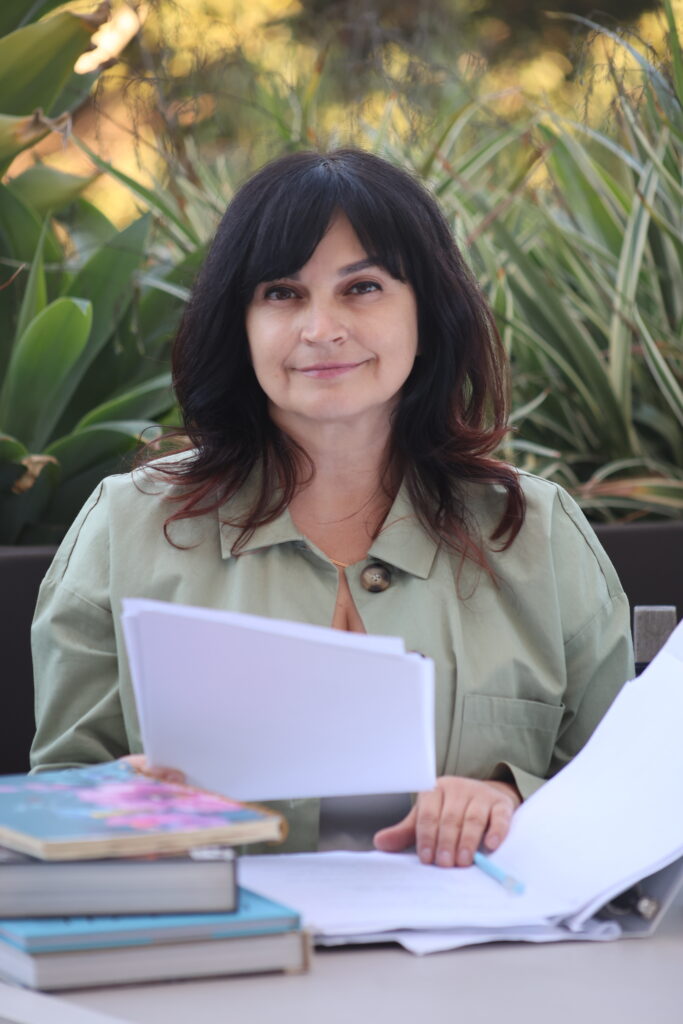When millions fled the war in Ukraine, psychologist Valentyna Petrenko was among those who offered more than comfort — she offered evidence-based healing. Working with refugees and asylum seekers across continents, Petrenko combines rigorous scientific methods with deep cultural understanding to help people rebuild their lives after trauma.
Understanding the Hidden Epidemic of Trauma
“Not every refugee develops PTSD,” Petrenko explains. “According to large-scale reviews, about one-third — around 30% — of refugees and asylum seekers show signs of post-traumatic stress disorder. In the general population, this number is only 4–7%, and the risk is higher for women.” Most displaced individuals, however, experience other intense reactions: flashbacks, panic, insomnia, emotional numbness, survivor’s guilt, or physical tension. Many struggle with shame over imperfect English, loss of professional identity, or family conflicts amplified by cultural change.
“Trauma after forced migration has multiple layers,” Petrenko says. “It’s not just about what happened — it’s about losing home, safety, and belonging. My job is to help restore both the nervous system and the sense of identity.”
Science-Based Healing, Tailored to Migration Trauma
Petrenko’s approach integrates EMDR (Eye Movement Desensitization and Reprocessing), Schema Therapy, and Cognitive Behavioral Therapy (CBT) — the world’s most evidence-supported trauma treatments. But she doesn’t simply translate them — she re-creates them for displaced people:
- Bilingual stabilization protocols (including ASSYST)
- “First psychological aid” scripts for moments of re-traumatization
- A unique “inner critic of emigration” module
- Self-help workbooks in Russian and Ukrainian
Her team measures progress through standardized psychological scales — GAD-7, PHQ-9, PCL-5 — and “life metrics”: sleep quality, panic frequency, and ability to return to work or study. Results are consistent: 70–80% of clients show measurable improvement within 8–12 weeks, documented in peer-reviewed publications (ULIRS, DOI: 10.70315/uloap.ulirs.2025.0201007; TAJSSEI; WJARR).
Adaptation as a Scientific Process
For Petrenko, adaptation is not spontaneous — it’s structured in stages:
1) Stabilization: calming the nervous system through EMDR and schema techniques.
2) Functioning: restoring routine, sleep, and language confidence without fear of mistakes.
3) Integration: re-entering education, work, and community networks.
“Within 2–4 weeks, acute reactions calm down,” she notes. “After 8–12 weeks, anxiety and PTSD symptoms decrease, and people start thinking about the future again. By 3–12 months, most of my clients return to stable routines — studying, working, or volunteering.”
From Pain to Public Benefit
Petrenko emphasizes that healed refugees bring tangible benefits to society:
- Economic: faster workforce reintegration and entrepreneurship.
- Social: reduced pressure on emergency and crisis systems.
- Civic: emergence of bilingual community leaders.
- Innovative: creation of nonprofit initiatives in mental-health education.
“When people feel safe again, they give back,” she says. “They become translators, teachers, volunteers, advocates — bridges between cultures.”
A Psychologist Who Speaks Two Languages — and Many Realities
Petrenko’s uniqueness lies in her ability to combine data-driven precision with human warmth. “I speak to people in their own language — literally and emotionally,” she explains. “Evidence-based therapy only works when people feel understood.”
Her professional background reflects this blend: over 4,000 individual sessions and 300+ group programs, membership in UACBT, EMDR Ukraine, EMDR Kazakhstan, and ISST, presentations at international conferences, and recognition by the Order of Queen Anna “Honor of the Homeland” (2025).
“I help people go from trauma to integration — faster, safer, and in a language they can trust,” she concludes.










